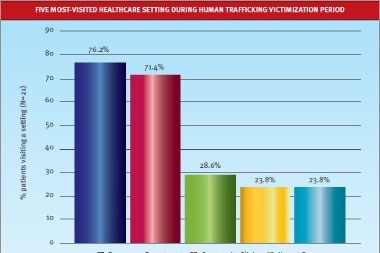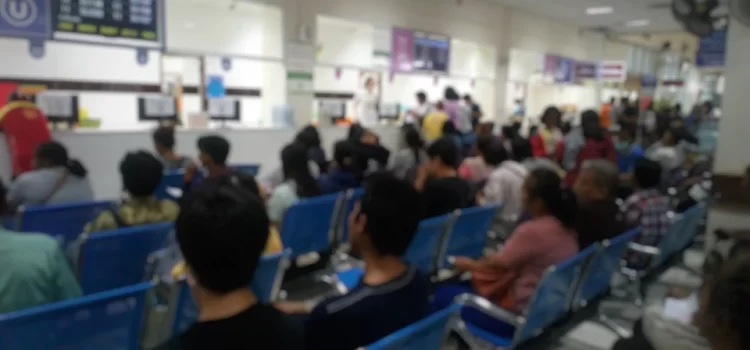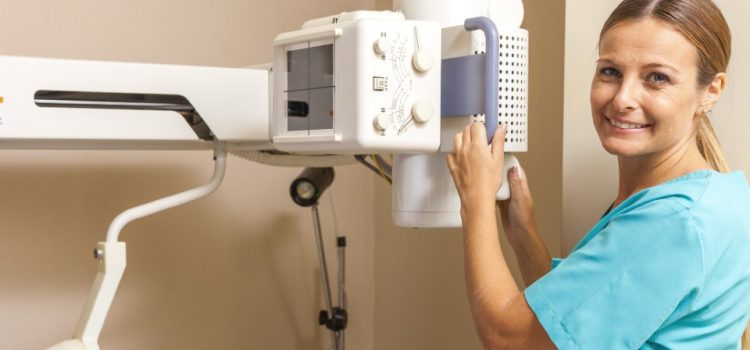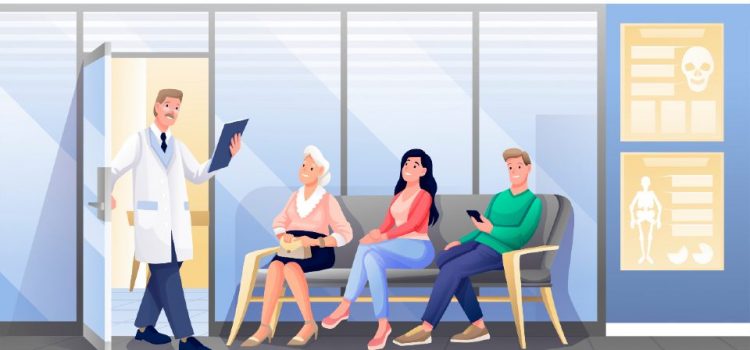As noted in this month’s cover article (Human Trafficking in the Urgent Care Setting: Recognizing and Referring Vulnerable Patients), isolation is one of many tools perpetrators use to control victims of human trafficking. Certainly this includes limiting access to healthcare. Not surprisingly, when care is necessary it’s not likely to be sought in a primary care office. Rather, busy acute care sites that offer walk-in access and relative anonymity tend to be preferred—with urgent care …
Read More









